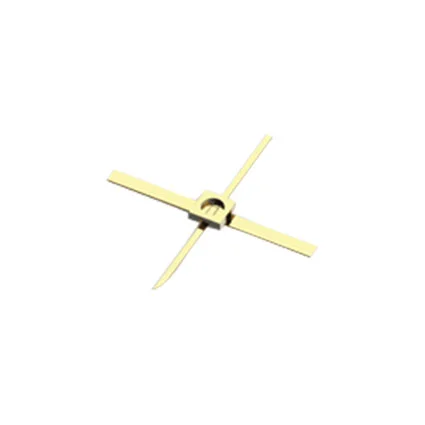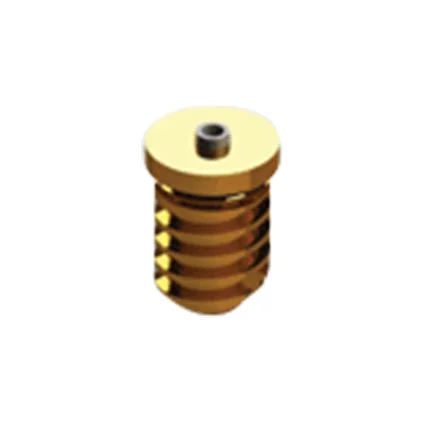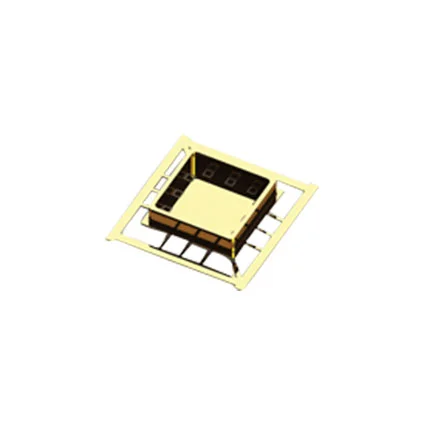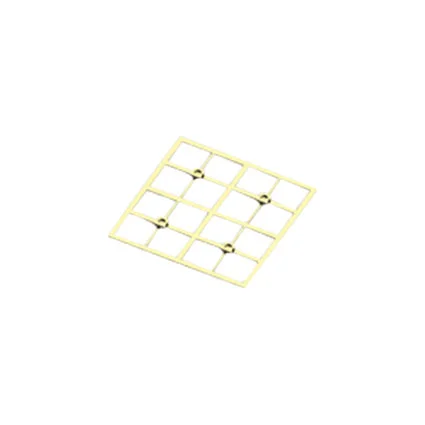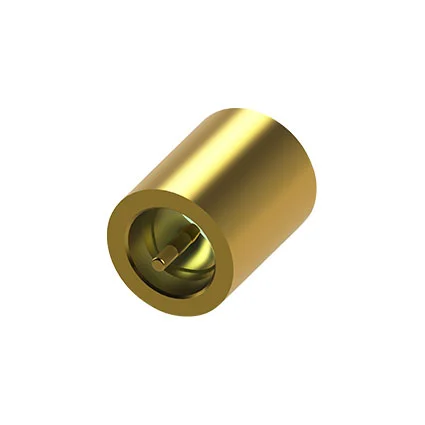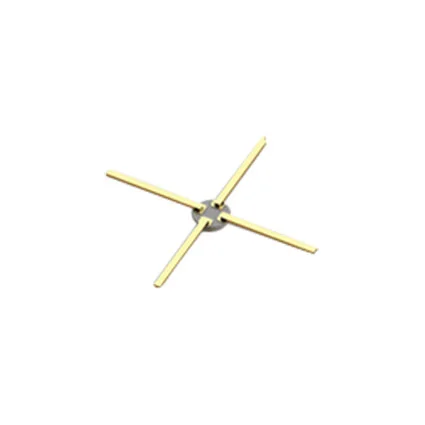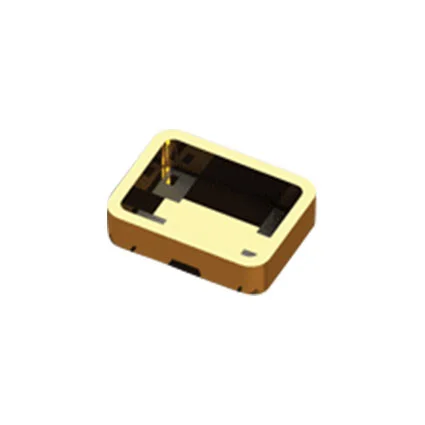
RF & Microwave Packages
Customize your microelectronic packages with a vertically integrated manufacturer
Product Categories
-
RF & Microwave Packages
-
Optical / Optoelectronic Packages
-
Power Discrete Packages
-
TO Packages & Headers
EPI provides high-performance, industry-standard and custom engineered radio frequency (RF) and microwave electronic packages. Customization can include glassless packages, customized layouts, and hybrid microelectronic packaging. RF and microwave packages are in use today in numerous high-level programs throughout the military, aerospace, satellite communications, and commercial wireless and instrumentation industries in applications such as electronic warfare, radar, uplink/downlink systems, and military communication networks, as well as in medical radiography, police radar, and radio astronomy. Our hermetic RF packages create a sealed, protected environment for operation in harsh environments.
With complete in-house alumina (Al203) and aluminum nitride (AlN) ceramic processing and glass-to-metal capabilities and design expertise, EPI has the ability to tackle virtually any RF and microwave packaging challenges. As a powder-to-package manufacturer of ceramic seals, EPI’s packages are custom engineered to meet and exceed environmental conditions and price requirements for OEM applications. EPI can combine technologies to create hybrid microelectronic packages and custom layouts. Rely on EPI as a source for legacy ceramic RF packages that may have been discontinued or deemed obsolete by other manufacturers. EPI is an ITAR-registered, ISO 9001:2015 US manufacture with decades of experience designing and manufacturing hermetic packages for the microwave industry.
TYPES OF RF & MICROWAVE HERMETIC PACKAGES
- TO Headers
- Diodes
- Components
- Hybrids
- Surface Mount (SMT) Devices
- RF and Microwave Power
- Substrates
- Connectors
- Feedthroughs
- Chassis
- Shrouds
- Covers
- Lids
BENEFITS
- Reliable operation in harsh environments: Our hermetic sealing technology protects your sensitive components.
- Exceed project requirements: EPI’s custom engineering ensures your packages meet and exceed environmental and budget constraints.
- Legacy package support: We can provide solutions for obsolete or discontinued ceramic RF packages.
COMMON INDUSTRIES
- Aerospace equipment including aircraft and satellites
- Military / Defense systems including communication equipment, radar systems, and other electronics and devices
- Telecommunications, particularly those for harsh environments
- Instrumentation and controls
- Medical equipment and devices
Image Library
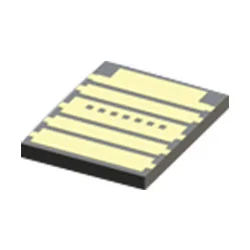
RF hermetic package - baby bear configuration

HTCC ceramic hermetic package
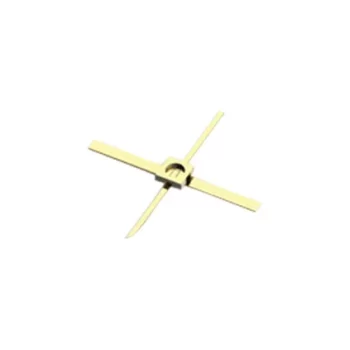
Hermetic J-pack MicroX

Leadless J-pack package 70x100
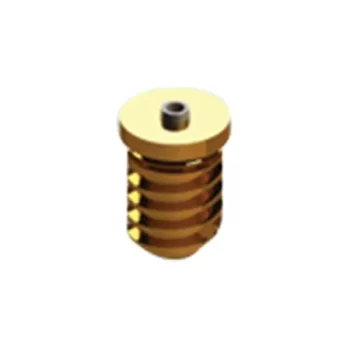
High-frequency Gunn diode hermetic package
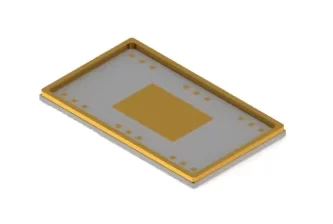
Hermetic substrate package for RF/microwave applications

HTCC Ceramic package
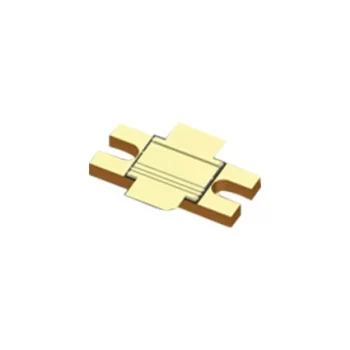
RF hermetic package - AIN ceramic bipolar design
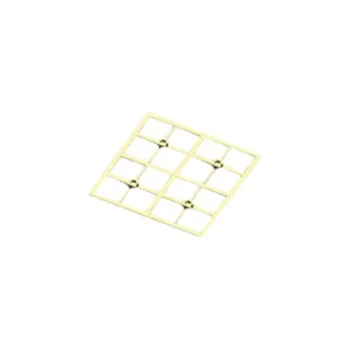
Hermetic Bi-polar and FET microwave package
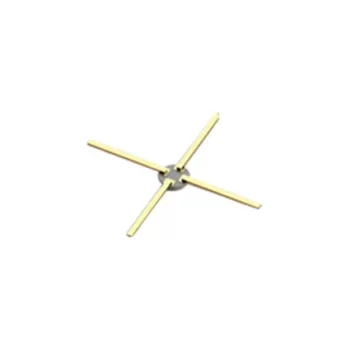
GaAs 53 round microwave beam lead
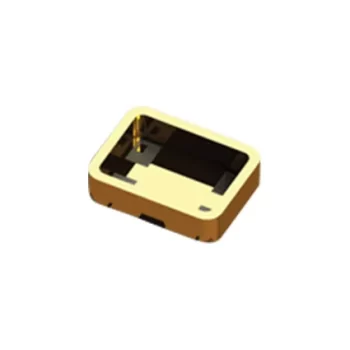
Ceramic SMT hermetic seal package
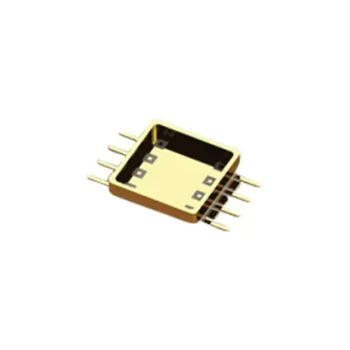
Ceramic SMT hermetic package
FAQ
WHAT IS A HERMETIC RF PACKAGE?
A hermetic RF package is a type of electronic package that is designed to contain and protect RF (radio frequency) components while maintaining a hermetic seal. It is typically used in applications where it is important to protect the RF components from external factors such as moisture, dust, and contamination.
HOW DOES A HERMETIC RF PACKAGE WORK?
A hermetic RF package consists of a metal or ceramic housing that encloses the RF components. The housing is sealed using a variety of techniques, such as welding or brazing, to create a hermetic seal. The RF components are connected to connectors or feedthroughs on the outside of the package, allowing them to be connected to other electronic systems.
WHAT ARE HERMETIC RF PACKAGES USED FOR?
Hermetic RF packages are used in a variety of applications where it is important to protect RF components from external factors. These applications include military and aerospace systems, medical devices, and scientific instruments.
WHAT ARE THE BENEFITS OF USING HERMETIC RF PACKAGES?
Hermetic RF packages provide a reliable and durable way to protect RF components from external factors. They can withstand harsh environments and protect against contamination, making them ideal for use in sensitive or critical applications. They also offer a high level of isolation between the inside and outside of the package, reducing the risk of electrical interference or damage.


